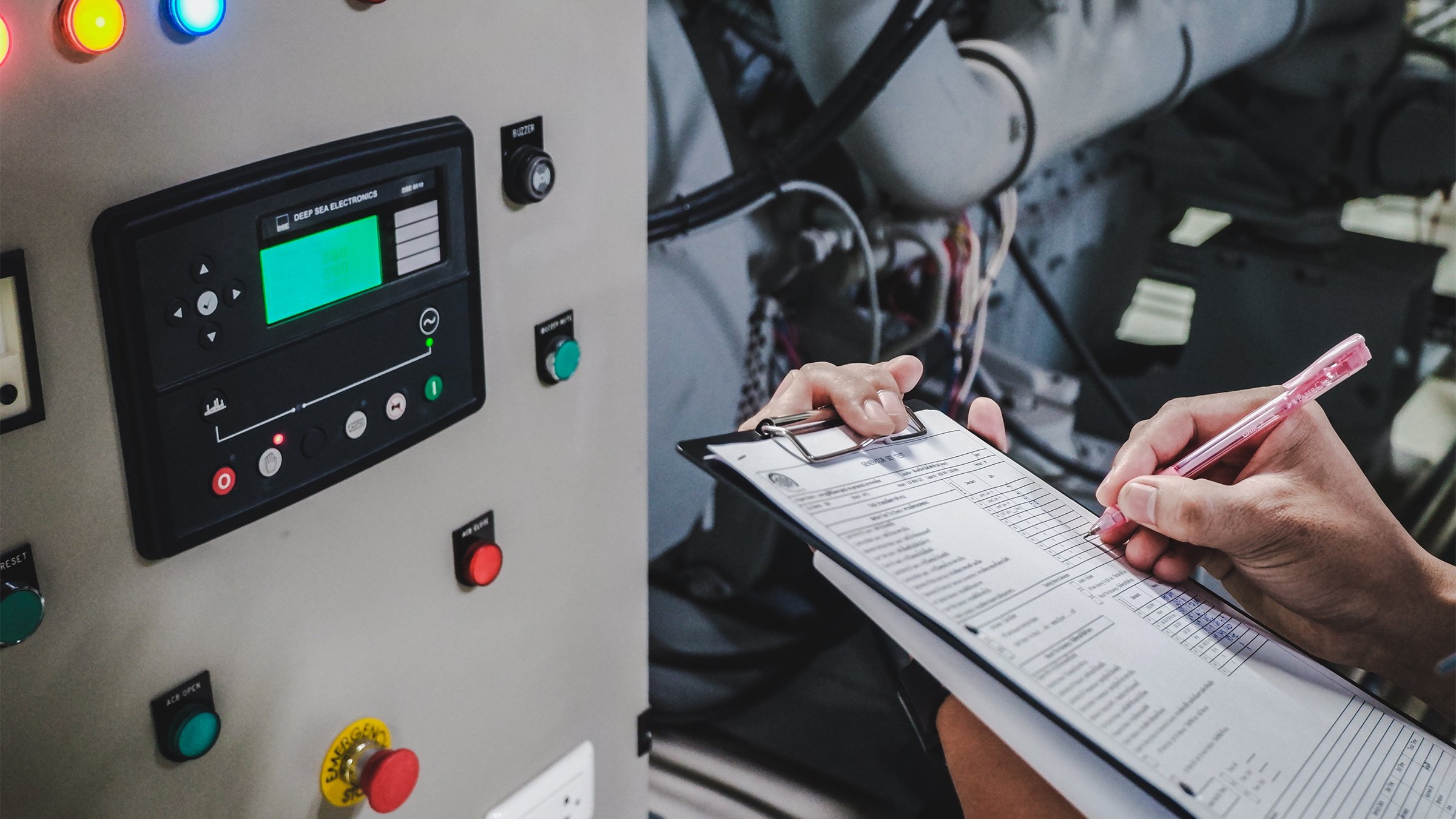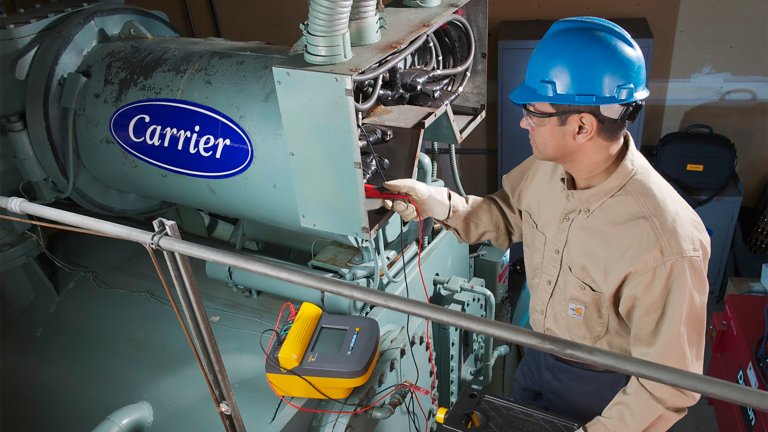From Fluke Corp.
Manufacturing plants face the risk of unscheduled shutdowns, which can greatly impact production and profitability. To minimize this risk, implementing a Preventative Maintenance Program (PMP) is crucial.
Insulation measurement is an important aspect of a PMP, especially for the many motors used in manufacturing facilities. By regularly testing insulation resistance and analyzing historical data, it’s possible to detect potential failures in advance. This article can serve as a guide for the process of testing insulation resistance to make sure equipment runs smoothly.
Equipment Types
Consider the following equipment types commonly found in manufacturing plants and their significance in daily operations that can benefit from testing insulation resistance and analyzing historical data:
- Pumps.
- Conveyors.
- Compressors.
- Fans.
- Mixers.
- Grinders.
- HVAC Systems.
- Refrigeration Units.
Importance of Insulation Resistance Testing
The insulation coating within motors deteriorates over time due to wear and tear. Factors such as moisture and contamination can also lead to premature motor failure.
Detecting degraded insulation in electromechanical equipment is important to prevent motor failures and subsequent production losses. By incorporating regular insulation checks into a preventive maintenance schedule, you can identify issues and prevent unexpected shutdowns.



